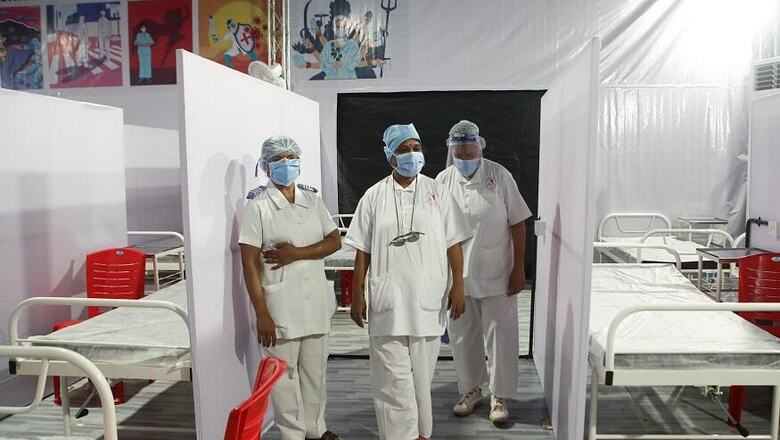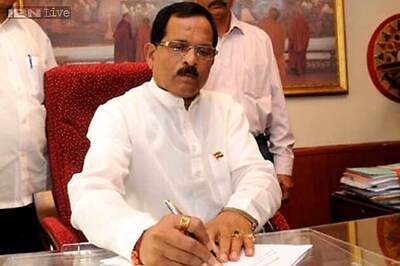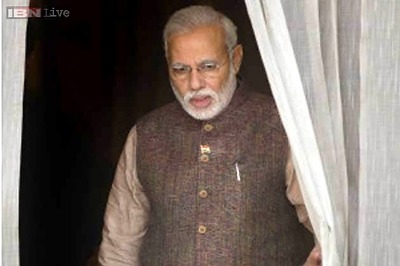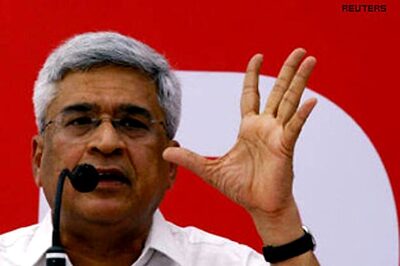
views
At 27%, tobacco-related cancers are estimated to have contributed to nearly a third of the total cancer burden (3.7 lakhs) in 2020, while breast cancer accounted for an estimated 14.8% (2 lakhs) of the total cases this year, a national report on cancer registry has said. The highest incidence of both was found to be highest in the north-eastern region with men having a higher proportion of tobacco-related cancer.
The National Cancer Registry Programme (NCRP), released on Tuesday, estimated that in 2020 there would be 13.9 lakh cases and projected a 12% spike in the cases by 2025, taking the number of estimated cases to 15.7 lakh. The report was prepared by the Indian Council of Medical Research (ICMR) and the National Centre for Disease Informatics and Research (NCDIR), Bengaluru.
The cancer registry, set up in 1982, records evidence on the burden, pattern and distribution of cancer and the NCRP report relied on five years of data (2012-2016) from 28 population-based cancer registries (PBCRs) and 58 hospital-based cancer registries (HBCRs). These registries record data on the population-based incidence, site specific cases and gender-wise data.
In the Northeast, the East Khasi Hills district had the highest age-adjusted rate of tobacco-related cancer (males:161.3; females: 58.1 per lakh population) in India.
In north, it was high in Delhi (males: 62.1; females: 18.5). Meanwhile, Kollam district (males: 52.9) and Bangalore (females: 20.1) had high incidence rates in the south. In the east, Kolkata had an AAR of 42.3 in males and 13.7 in females. In western India, Ahmedabad urban had high AAR of 54.3 in males and Mumbai had high AAR of 18.2 in females. Bhopal had high AAR in both males (55.3) and females (19.6) in the central region.
Region-wise, the incidence rate for the male population was highest in Aizawl district of Mizoram which had an AAR of 269.4 per lakh population, followed by East Khasi district in Meghalaya with an AAR of 227.9. Among women, the incidence rate was highest in Papum Pare district in Arunachal Pradesh, with an AAR of 214.1 and it was lowest in Osmanabad and Beed districts at 49.4 per lakh population.
From a cumulative risk point of view, one out of every four males in the Papum Pare, Aizawl, Kamrup urban and East Khasi Hills districts were likely to develop cancer in the age group 0-74 years, the report said.
In Papum Pare district, one in four females had chances of developing cancer in the age group 0-74 years. “Most registries in North Eastern region showed more male preponderance in risk, whereas registries other than North Eastern showed more female preponderance in risk,” the report stated.
The incidence rate of prostate cancer, corpus uteri and lung in females increased significantly by 6% annually between 1982 and 2016. Among females, there was a significant decrease in cancers of the mouth and cervix uteri, the report said.
The report said that among men, the cancer of lung, mouth, stomach and oesophagus were the most common, whereas cancer of breast, cervix uteri were most common among women. “A significant increase in the incidence rates of breast cancers in women, and lung and head & neck cancers in both men and women was observed in most of the registries; however, a declining trend was seen in most of the registries for cancer of the cervix,” the report said.




















Comments
0 comment